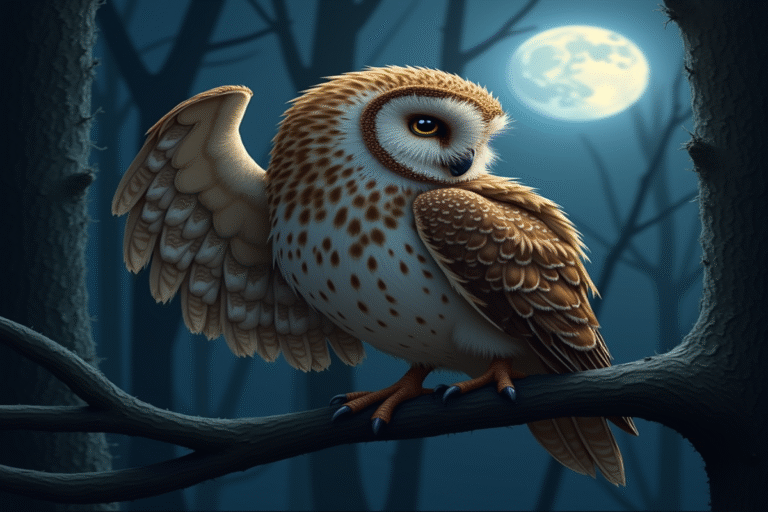If you’ve ever watched an owl swivel its head to track prey or scan its surroundings, you’ve witnessed one of nature’s most remarkable adaptations. While humans can only rotate their heads about 90 degrees in either direction before risking serious injury, owls can twist their necks up to 270 degrees—almost three-quarters of a full circle—without harming themselves.
Why Owls Need This Extreme Flexibility
Unlike humans, owls cannot move their eyeballs within their sockets. Their eyes are fixed in place, facing forward in tube-shaped structures rather than spherical ones. This adaptation gives owls exceptional binocular vision and depth perception for hunting, but it comes with a significant limitation: they must turn their entire head to change their field of view.
To overcome this, owls developed astonishing neck flexibility, allowing them to scan their environment thoroughly despite having immobile eyes.
The Anatomical Marvels That Make It Possible
Research published in Science and conducted at Johns Hopkins University School of Medicine has revealed several unique adaptations that allow owls to perform their dramatic head-turns:
1. Blood Vessel Modifications
Owls have specially adapted blood vessels at the base of their head and neck. When humans rotate their heads too far, our blood vessels can stretch or tear, sometimes causing severe injury or even stroke. Owls, on the other hand, have enlarged vessel openings and reservoirs that allow for greater movement without interrupting blood flow.
2. Vertebral Adaptations
The owl’s vertebral artery enters the neck higher than in humans, providing extra slack during rotation. Additionally, these vessels can widen to maintain blood flow even during extreme movements.
3. Neck Vertebrae Structure
While humans have 7 cervical vertebrae, owls have 14, granting them many more points of articulation and much greater flexibility. These vertebrae are connected through specialized joints that allow extraordinary movement.
4. Backup Circulatory Routes
Owls have developed alternative arterial pathways, which ensure their brains receive constant blood supply even if the main arteries are temporarily compressed during an extreme head turn.
A Scientific Mystery Solved
Researchers at Johns Hopkins used CT scans and dye injections on deceased owls to observe how blood continues to flow during dramatic neck rotations. They discovered that the vertebral arteries expand as they enter the neck, creating reservoirs that prevent vessel compression. This adaptation ensures uninterrupted blood supply to the brain, even as the owl turns its head up to 270 degrees.
Evolution at Its Most Elegant
The owl’s remarkable neck rotation is one of nature’s most elegant engineering feats. While humans would risk stroke or serious injury with such rotation, owls have evolved a perfect solution for the evolutionary trade-off of their fixed eyes.
Next time you see an owl rotating its head to track movement, remember you’re seeing the result of millions of years of evolutionary refinement—an example of nature’s problem-solving brilliance that continues to inspire scientists and engineers.
The owl’s neck rotation isn’t just a biological curiosity—it’s a masterclass in evolutionary adaptation, allowing these nocturnal hunters to monitor their surroundings effortlessly, securing their role as some of nature’s most effective predators.





